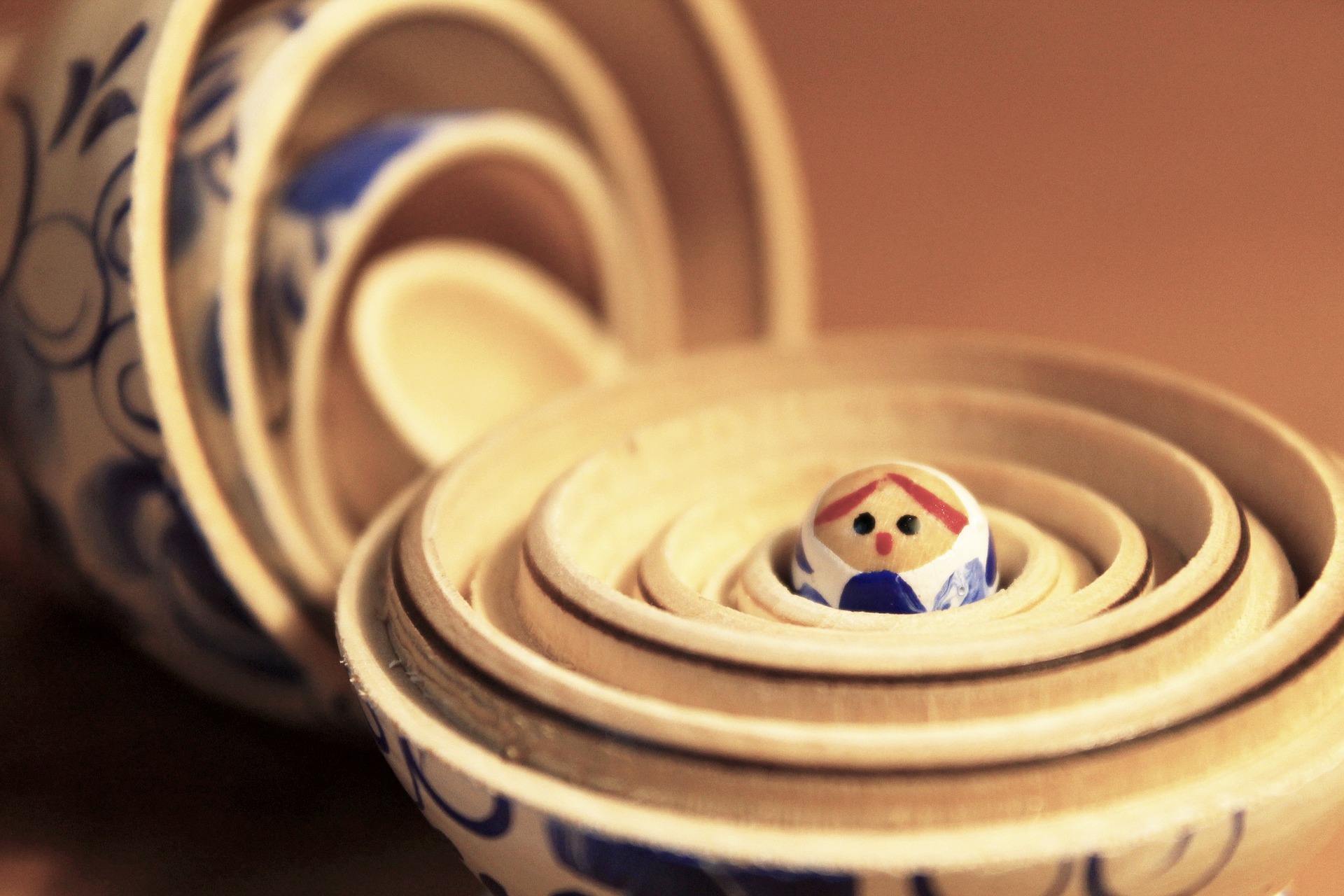Values are those social, moral and ethical standards that have been acquired over a lifetime and which underlie every decision and every course of action.
Let’s see how we can define our career goals by identifying our values at work and to use them to guide our actions and behaviours.
The starting point is identifying your work and organisation’s values and to determine whether there are any synergies between the two sets. Problems arise when we must make choices that involve conflicting values. Should we accept that promotion that would require extensive overtime and travel, or should we stay where we are, sacrificing so the promotion in order to spend more time with the family?
Not rarely, our satisfaction and motivation as an employee depends on the extent to which we can act out our values in our working environment. When personal values are aligned with company vision, the result is a powerful focus.
Organisational values systems and how they differ from each other
Clare W. Graves suggested that the group (= organisation) values move in a spiral. This model is well known as Spiral Dynamics.
Spiral Dynamics is a body of research that uncovers the deepest drives of human behaviour, i.e. our value systems. Those values shape the formation of our beliefs and our worldview.
Grave’s research lasted 30 years, until in 1971 he phrased this thought:
Briefly, what I am proposing is that the psychology of the mature human being is an unfolding, emerging, oscillating spiralling process marked by progressive subordination of older, lower-order behavioural systems to newer, higher-order systems as man’s existential problems change.
Graves discovered a pathway of human evolution and change. Different individuals are at different places along this pathway, and depending on where they are, they will experience the world around them very differently. Let’s imagine this pathway as a multi-coloured spiral staircase. On each step a different world view holds true, and a different set of thoughts and values hold the governance in our way of thinking. It’s not a surprise that anyone standing on a different step may appear to others as a mad, bad or sad person!
There are eight different worldviews that emerged so far. Most people distribute their view over more than just one step in the staircase. Typically, 50% of your thinking will come from one worldview, while the other 50% will be distributed over the step below and the one above your dominant step.
Level of psychological existence

BEIGE The existential me
Dominant values: survival, biogenic needs satisfaction, reproduction, satisfy instinctive urges
Behaviour: Reactive, biologically driven, living in a state of nature, limited sense of cause and effect. There is very little of this level remaining, although people can regress into it, for instance as a consequence of mental illness.
PURPLE The animistic me
Dominant values: placate spirit realm; honour ancestors; protection from harm; family bonds
Behaviour: Subsumed in the group, has no separate identity of ‘I’ – the focus is on cooperation, sharing, ritual; conflict will endanger the tribe, who have the forces of nature to contend with.
RED the egocentric me
Dominant values: power/action; asserting self to dominate others, control, sensory pleasure
Behaviour: Breaking away from the tribe, impulsive, seeking respect, honour and avoiding shame and establishing the self. The world is adversarial, uncaring, only raw power will let me prevail.
BLUE The absolutistic me
Dominant values: stability and order; obedience to earn reward later, meaning, purpose, certainty
Behaviour: Emerges from the chaos of the “red”- shows obedience to rightful authority, dominant binary thinking, denies self for ‘the one right way’. Stability and security is achieved through sacrifice and submission, doing things by the book. Bringing in new norms undermines authority’s control.
ORANGE The multiplistic me
Dominant values: opportunity and success; competing to achieve results, influence, autonomy
Behaviour: Emerges from the rigidity of the blue, maneuver stands over comply, many ways and criteria stand over one right way or set of standards, goal directed, independent, self-sufficient, confident, forsters experiments to find the best among many possible choices, future orientated and competitive; works for the good life and abundance: the winners deserve their rewards.
GREEN The relativistic me
Dominant values: harmony and love, joining together for mutual growth, awareness, belonging
Behaviour: Emerges in response to the excesses of Orange: needs to collaborate with others, group membership is highly valued, ambiguity through encountering diverse perspectives is tolerated, requires trust, doesn’t want to hurt others; high empathy and sensitivity to others – everybody counts.
YELLOW The systemic me
Dominant values: independence and self-worth, fits within a living system, knowledgeable
Behaviour: Demands flexibility, autonomy, accepts paradoxes and uncertainties, focussed on doing no harm to others, learns from a variety of sources, contextual thinkers, can see things but is not always able to explain them, shows great awareness for what they do and don’t understand, due to conventional education and corporate structures. Is not motivated by fear of survival, God or social approval so guilt and reward motivators don’t work – seeks to do well without compulsive drives and ambitiousness.
TURQUOISE The holistic me
Dominant values: global community and life force; survival of life on a fragile Earth; consciousness
Behaviour: This level will create existential problems that are still not fully known; features a holistic focus on the well being of all entities, feels comfortable with many paths to knowing; self is part of a larger non-localised field.
Spiral Dynamics at work
The ultimate aim when using Spiral Dynamics is to create a healthy environment and find appropriate solutions rather than eradicating behaviours and changing the people around us.
We need all worldviews to effectively coexist in this complexity that is the time in which we are alive, and to recognise all the steps along the staircase in our workplace if we want it to become a rewarding place to work.
As Organisational Practitioners, The Coaching Heads support your business in identifying your company values and conveying change process in respect of different people and behaviour.
The Book “Spiral Dynamics” by Don Beck and Chris Cowan is available or see www.spiraldynamics.com for further information
#spiraldynamics #claregraves #values #leadership #transformation



